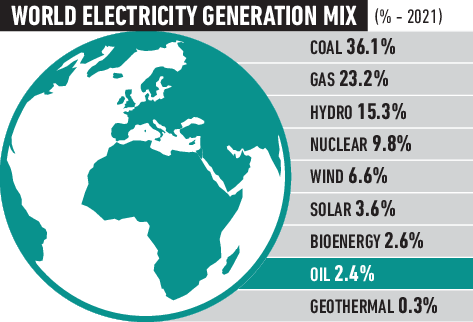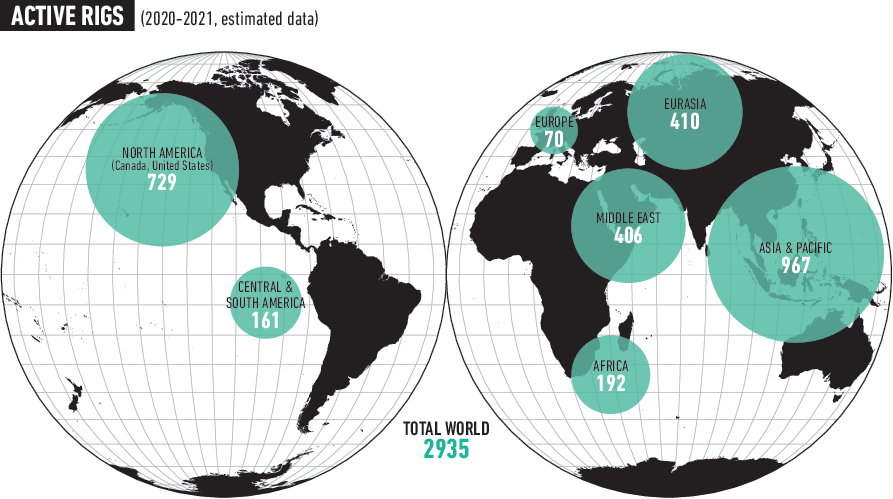
Energy Sources: Oil
Oil is a mixture of hydrocarbons comprising of liquid, solid and gaseous parts and is formed by the sedimentation of organic material in an anaerobic environment over millions of years. The deposits are formed by a viscous slurry that permeates the interstices of the so-called “mother rock”.
Planetary reserves are significantly more extensive than what was estimated 20 years ago, especially in countries like Canada, United States and Venezuela. This is because new technologies allow us to exploit oil fields that were once considered unreachable (for example, located at great depths) or technically not exploitable (oil sands and shale).
The steps that precede the extraction of oil are exploration and drilling.
On average, a lucrative oil field needs 50-100 attempts before it is identified. Oil is brought to the surface by drilling an extraction well (up to 11 km deep) that initially utilises the natural pressure being exerted on the field (primary production). When this pressure becomes insufficient, the oil is extracted with pumps and injections of gas or steam (secondary production). The crude oil is then transported via pipelines or tankers to refineries where the hydrocarbons are separated.
- BP, Statistical Review of World Energy 2022;
- EIA (US Energy Information Administration), International Energy Statistics [Last accessed 16 December 2022];
- IEA (International Energy Agency), World Energy Statistics 2022 • World Energy Outlook 2022;
- OPEC, Annual Statistical Bulletin 2022;
- UNEM (Unione Energie per la Mobilità), Data Book 2022
